This Week in Electric Vehicles: Tesla, Volkswagen, Mercedes-Benz, Baidu, and More

This week, in the field of electric vehicles, companies such as Tesla, Volkswagen, Mercedes-Benz, and Baidu took their turns on stage. Governments of countries including China, Germany, the United States, and South Korea were not to be outdone, implementing new policies one after another.
Let’s take a closer look at what happened, as Little Electric recounts the events for you.
Home Field
The Main Event
- Tesla Tackles Production Capacity Issues
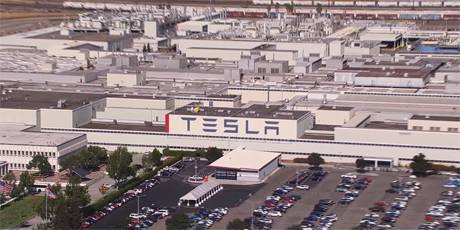
On June 13th, Tesla stated in a letter to shareholders that its factory’s weekly production in Q2 of this year had reached 2,000 vehicles. It’s worth noting that in 2013, Tesla’s weekly production was only 400 vehicles. With such significant progress, Tesla’s goal of producing 80,000 to 90,000 vehicles this year is well within reach.
On June 16th, Tesla announced plans to spend $1.26 billion to expand its Fremont factory to solve the production issues of the Model 3, whose preorders exceeded expectations. Reuters reported that Tesla had applied for a tax break of up to $106 million from the government.
Upon completion, the factory will cover a total area of 492,000 square meters, boosting the total production capacity of the Model 3, Model S, and Model X to 500,000 vehicles by 2018. Elon Musk also stated that Tesla might produce over a million electric vehicles per year after that.
In addition, to ease the pressure of Model 3 demand, Tesla has begun to encourage customers to consider purchasing the less expensive Model S 60. Tesla claims in its ads that, after driving enough miles, the Model S 60’s cost per month can approach zero.
Tesla has never let up on its quest to solve the production capacity issue.
- The 80-Day Global Tour:
The Showdown between DENZA and Tesla
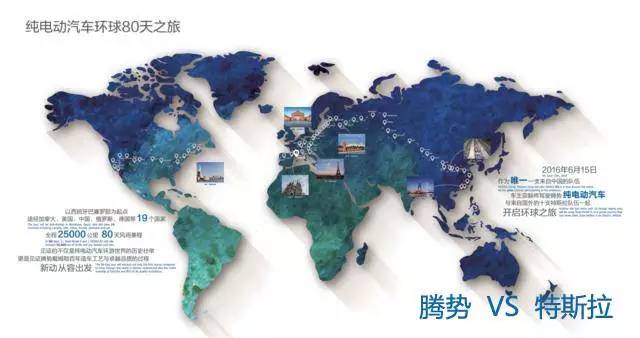 On June 16th, Spaniard Rafael and Chinese Zongyi launched the “80-day around the world tour for pure electric vehicles”. The goal of this “zero emission” global feat is to cross 19 countries and regions on three continents within 80 days, covering a total distance of 25,000 kilometers. Along the way, travelers will experience complex road conditions, including city roads, highways, rural roads, and even grasslands and deserts.
On June 16th, Spaniard Rafael and Chinese Zongyi launched the “80-day around the world tour for pure electric vehicles”. The goal of this “zero emission” global feat is to cross 19 countries and regions on three continents within 80 days, covering a total distance of 25,000 kilometers. Along the way, travelers will experience complex road conditions, including city roads, highways, rural roads, and even grasslands and deserts.
In addition to Zongyi driving the DENZA pure electric vehicle, other teams are driving Tesla electric vehicles. Will the DENZA pure electric vehicle surprise us?
The big brother is restless. Volkswagen is going to launch 30 electric vehicles!
This week, Volkswagen CEO Matthias Mueller made frequent statements:
-
Volkswagen has completed a $300 million investment in Uber’s competitor Gett.
-
In the future, Volkswagen will vigorously develop autonomous driving technology, striving to achieve commercialization by 2020.
-
Volkswagen will launch at least 30 pure electric vehicles in the next 10 years, and the sales of pure electric vehicles will account for 20%-25% of total sales, with sales reaching 1 million vehicles. It should be noted that Volkswagen currently only has three pure electric vehicles and six hybrid vehicles.
-
Volkswagen will develop its own battery technology. This is probably due to Tesla’s influence.
Mercedes’ new electric vehicle can go up to 500 km on one charge, taking direct aim at Tesla.
Mercedes plans to unveil a concept car for a high-level sedan at the Paris Motor Show in October this year. The single-charge range of this pure electric vehicle can reach 500 kilometers, and it is expected to be mass produced before 2020. The production platform of this electric vehicle is similar to Tesla’s, and it can also derive different models, such as various SUVs, taking direct aim at Tesla.
Thomas Weber, the head of Mercedes’ research and development, said, “This shows our determination to enter the electric field.” In the next two years, Mercedes will invest at least 7 billion euros in electric vehicles, fuel cell technology, and plug-in hybrid technology.
Baidu, unwilling to fall behind, is actively preparing for its unmanned vehicle business.# Baidu hopes to achieve commercial use of autonomous vehicles in 2018. Therefore, time is running out. This week, Baidu launched a large-scale recruitment campaign in Silicon Valley, intending to quickly expand its core R&D team in the United States. Wang Jing, senior vice president of Baidu and general manager of the autonomous driving business unit, said that Baidu will seize every opportunity to help autonomous vehicles be realized as soon as possible.
Currently, Baidu’s accumulation in autonomous driving technology includes environment perception, high-precision maps, positioning, intelligent decision-making and control, autonomous learning, and EB-level data.
Tesla in the trucking industry gets a value of $2.3 billion in orders.
The electric truck Nikola One, made by Nikola Motor Company, the Tesla in the trucking industry, received a lot of attention upon its release last month. It is equipped with a 320 kWh battery pack and a natural gas range extender, and the cruising range may exceed 1200 kilometers.
This week, Nikola announced its latest news: its orders have exceeded 7,000 and the total value of orders has exceeded 2.3 billion US dollars.
3D printing technology “creates” autonomous minibus.
Local Motors, a 3D printing technology company from the United States, recently released their autonomous minibus Olli. It has no steering wheel or pedals, and users “drive” the Q minibus to their destination through an APP, of course, at a not-too-fast speed.
To be precise, 3D printing technology only manufactured the body of the Olli minibus, and its interaction with people was provided by IBM. IBM has provided it with the Watson supercomputer, built a cloud-based learning platform, so passengers can “ask” Olli some questions, such as “where are we”. In addition, since Olli is connected to the cloud, it can recommend nearby restaurants and tourist attractions based on the user’s preferences.
In terms of travel, Olli cannot help much, but in terms of tourism, it may show its abilities.
Germany plans to achieve the goal of complete electrification of new cars by 2030.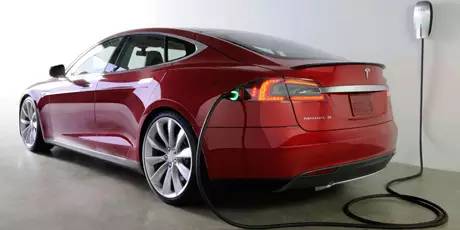
To protect the national environment and reduce carbon dioxide emissions by 80% to 95% before 2050, the German government has released a heavy message this week: all newly registered cars must achieve zero emissions before 2030.
The focus of this law is that Germany aims to achieve the goal that all new cars are pure electric vehicles in 24 years. This will greatly encourage automobile manufacturers to expand the production of zero-emission vehicles. In addition, this law can also promote the development of fuel cell technology. For example, Volkswagen and Daimler have already had specific plans for battery-powered supply.
In fact, as early as April of this year, the German government announced a new incentive subsidy policy to accelerate the development of electric vehicles – every domestically produced pure electric car enjoys a discount of 4,000 euros.
Norway, the Netherlands, and India and other countries have proposed similar goals, but they have not officially announced them yet. So far, no country has gone faster in this regard than Germany.
Xi Jinping and Merkel agreed to progress together in the electric vehicle field.
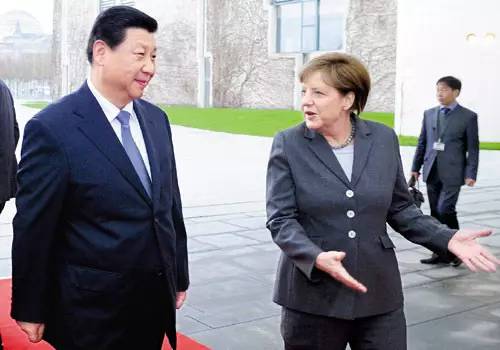
This week, Xi Jinping and Premier Li Keqiang met with German Chancellor Merkel.
During the meeting, both China and Germany hope to have long-term and effective cooperation in the field of electric vehicles. The two sides unanimously believe that, under the catalysis of intelligent transportation systems, electric vehicles will create new potential in safe, clean and efficient travel. As a car powerhouse, the two countries will focus on unified standards.
Well, the question is, when will China issue a law like “Before 20XX, stop selling gasoline cars” like Germany?
The National Development and Reform Commission said that it will implement a supportive electricity price policy for electric vehicles.
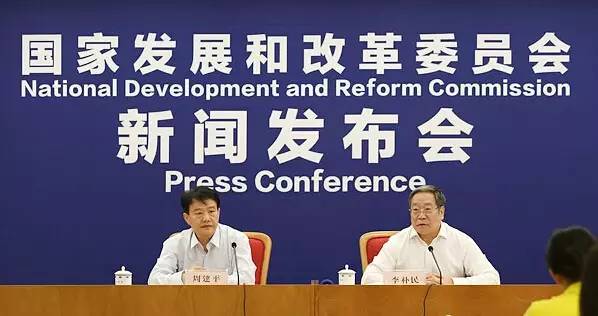
The answer to the previous question is probably not answered by anyone, not even Xi Jinping. So, let’s take a look at what China has done this week to promote the development of electric vehicles.
On June 15th, the National Development and Reform Commission issued a notice – implementing a supportive electricity price policy for electric vehicles. The most relevant to car owners are:1. When everyone charges an electric vehicle at home or in the neighborhood, they can enjoy more affordable electricity prices as a joint meter user. (Since the unit price of electricity for joint meter users is the same, the more electricity is used, the more money is saved compared to the tiered pricing system.)
-
Ensure that the cost of using electric vehicles is far lower than the cost of using gasoline vehicles.
-
Strive to increase the number of electric vehicle charging stations.
-
Peak and valley electricity pricing policies are implemented for electric vehicle charging and battery swapping facilities.
This policy was responded to by Beijing on the same day. However, after the response, the overall cost of using Beijing Electric Power Company’s public electric vehicle charging facilities has increased. For example, if you recharge during peak hours, the cost per kilowatt hour will be 0.6 yuan more expensive; if you recharge during normal hours, it will be 0.3 yuan more expensive per kilowatt hour; if you recharge at midnight and early morning, it will be 0.0052 yuan cheaper per kilowatt hour.
- The US government is about to release new standards for autonomous driving technology.
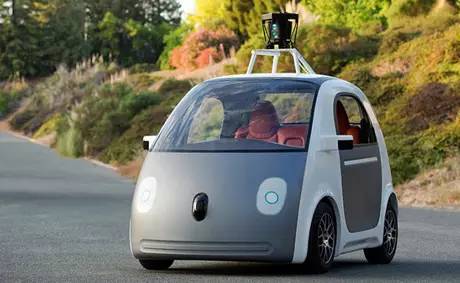
The National Highway Traffic Safety Administration (NHTSA) will release national guidelines for autonomous vehicles this July, hoping that the guidelines will have a positive impact on the development of autonomous driving technology standards.
Its senior official, Mark Rosekind, said that this rule will focus on four areas:
-
Define the scope of the rules. The new rules will include all testing standards for commercialization of autonomous vehicles.
-
Provide guidance for the formulation of regulations in each state. Currently, regulations for autonomous driving technology vary from state to state in the United States. NHTSA believes that their regulations will be helpful for the promotion of autonomous driving vehicles nationwide after they are released.
-
More accurately define different levels of automated driving. The most direct embodiment of this aspect is that after redefinition, automobile manufacturers can use new parameters to accurately describe their automation level in advertisements, rather than simply promoting it vaguely with textual definitions without quantitative standards.
-
Release new tools.
-
The Korean government has shown a firm determination to vigorously promote the development of electric vehicles.

Senior decision-makers in the Korean government announced a seemingly challenging goal for the electric vehicle industry-to make electric vehicle sales account for 30% of all vehicle sales by 2020.Why is it said to be very challenging? Because in 2015, this number was 0.02%, with a gap of 1500 times compared to 30%. However, Korean Prime Minister Hwang Kyo-ahn supports it fully, and Korea ranks first in research and production of lithium-ion batteries. So, miracles may happen.
Along with this goal, some plans have also been announced – outdated diesel cars will be restricted in Seoul; coal-fired power plants will also be closed.
Eweekly knows and follows the most important electric vehicle news every week.
 Staubli talks about how Tesla is restructuring the grid of this century
Staubli talks about how Tesla is restructuring the grid of this century
In the era of technology, how will German manufacturers hold their ground?
Why are internet giants rushing into the automotive industry?
Five key issues that affect Tesla

Incredibly Stylish Electric Car News
Looking for Electric Car Enthusiasts
For more information, please contact Daji (WeChat ID: iidaji)


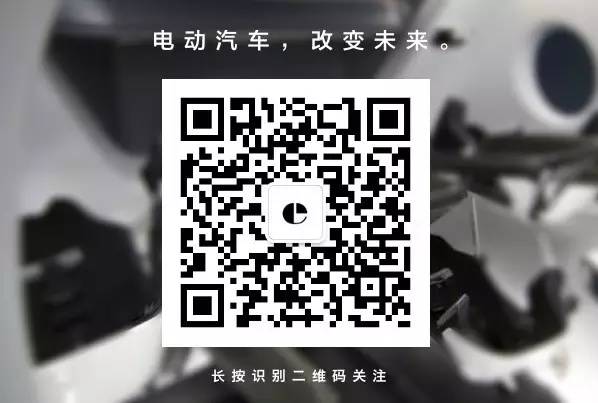
This article is a translation by ChatGPT of a Chinese report from 42HOW. If you have any questions about it, please email bd@42how.com.
